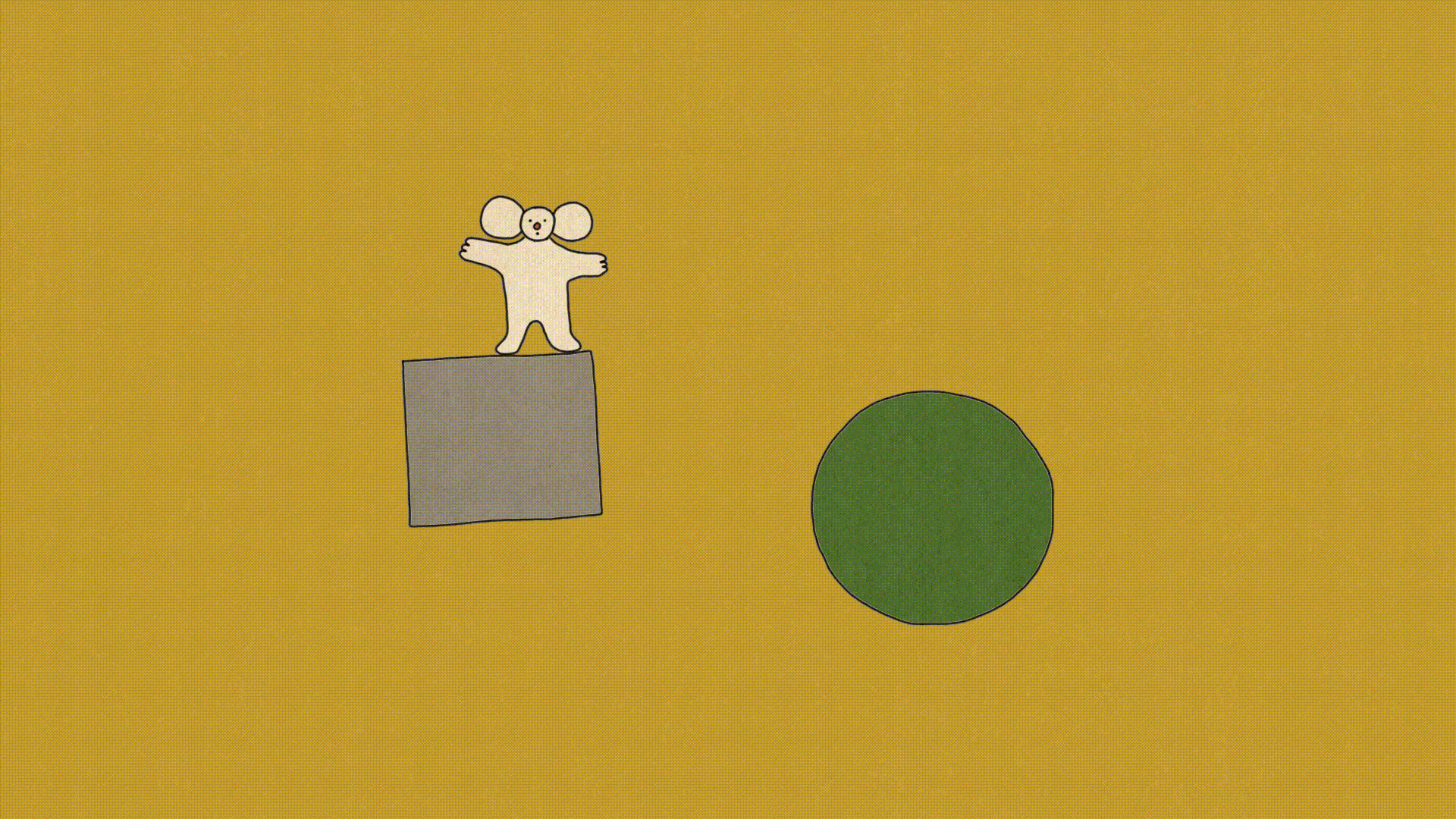“Sometimes I get in my feelings and wonder if people are seeing what I’m doing, so when you say they do, I really appreciate that”. A heartfelt confession from one of my favourite music producers, DJs, innovators and all-around talented artists, the visionary Harrison First. We live in the easiest times to make music and in the hardest of times to be a musician. In order to be seen, artists have to build a strong digital presence and compelling brand because discovery, community and monetization are happening mostly online.
I talked to Harrison about all things music and Metaverse, digital performances and how they can improve the life of an artist, as well as his prophecies for what the digital future holds.
What is the digital world though? We are not yet in the Ready, Player One phase, but all roads lead to Rome. Content is king, social algorithms like TikTok made us crave instant gratification and shortened our attention spans dramatically. VR and AR technologies now allow us to see how a piece of furniture would look in our kitchen, go through every step of how a pair of Nikes is made and even immerse ourselves into fully virtual worlds of our own design.
When it comes to music, artists and consumers live and breathe digital. Music discovery is governed by streaming algorithms or by viral content determined by algorithms and artists are increasingly being discovered on TikTok or Youtube, Justin Bieber style. The Covid pandemic pushed people to connect virtually and artists got an unprecedented opportunity to play their music in front of thousands from the comfort of their bedroom. Live streaming, Metaverse platforms such as Decentraland and NFTs are transforming what it means to be an artist. Post-pandemic, the live touring industry has suffered a painful blow because of the changing economic landscape and we may witness a transition from sold out arenas to more intimate artist-fan experiences. Digital performances are here to manage that transition.
Harrison First came across the Metaverse in 2019 and immediately understood its potential. This virtual world where people come together to listen to music, gamble, play, build or just hang out was the perfect opportunity to level up his DJ skills. A music artist and producer at heart, he “was a streaming artist favoured by the algorithms”, but touring wasn’t part of his repertoire. His first tour experience back in 2019 was the first time he performed as a DJ - and then the Metaverse became his playground for experimentation.
The Metaverse-born DJ built a feedback loop for his sets that not only keeps him continuously upgrading but also “saves some embarrassment if the set is not that good”. “I get to pre-record the set, I get to practise in front of people but not me physically being there. Then I move to a bigger stage IRL and I know it’s gonna work because the people loved it in the Metaverse”.
During a live performance you know your music is fire when people dance, scream, cry, throw their clothes at you - you get the idea, the vibes and energies are instant feedback for an artist. In the digital realm feedback is, of course, digital and it comes in the form of chats, social posts and comments. For Harrison a sign of a great performance is when people screenshot it and post it on Twitter or if the live chat is talking about his music. “Before, there was a lot of dance music in the Metaverse and I found this gap with trap, afrobeats and spanish music, so I added those to my set. Then I saw people commenting <<Damn this is the first DJ that’s doing something not dance>>, so you can see what gets people excited”. Performing in the Metaverse helped him to level up his DJ skills and prepared him for the IRL opportunities. The key is to “say yes to everything because it’s good exposure”.
Of course the feeling of a pre-recorded set played in the Metaverse cannot replace the adrenaline rush of a live performance. “I love to touch the people, feel the people, dance in front of the people, I wanna get that reaction in real time and see people’s energy. In the Metaverse I know that people like what I’m doing when I get all these reactions on Twitter”.
To perform in the Metaverse as a newcomer, Harrison recommends starting with the Cryptovoxels platform and joining buildings of artists such as himself. A big hub around the virtual block is Frankie Needles’ Tavern in Decentraland. The ethos of the crypto art and music space is openness and collaboration, it’s great practice to reach out to the people running virtual events and to engage with their community. The beauty of the Metaverse is that there is enough real estate for all artists who want to perform.
The performance setup has to be visually stimulating because the Metaverse is built on top of our visual senses. Harrison’s sets always contain good lighting, a green screen with a backdrop of a music video or his NFTs, and top notch audio using Premiere Pro. His secret formula is: find new songs, practise set, record set, listen to set, change set, repeat.
Harrison’s take on the future of the Metaverse is an intertwined ecosystem of virtual and real opportunities. “If you can’t get things in the real world, you more so start to acquire assets and operate in digital spaces where you do have these things and have an advantage in everyday life”.
Are you Ready, Player One?
About The Author

Dana Herescu
Supporting music as much as music supports me. Product manager, member @colorsxdao, teaching artists how to win the tech game.
Twitter:danahashh

